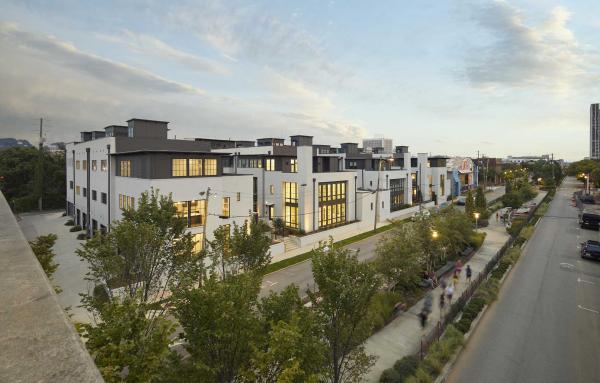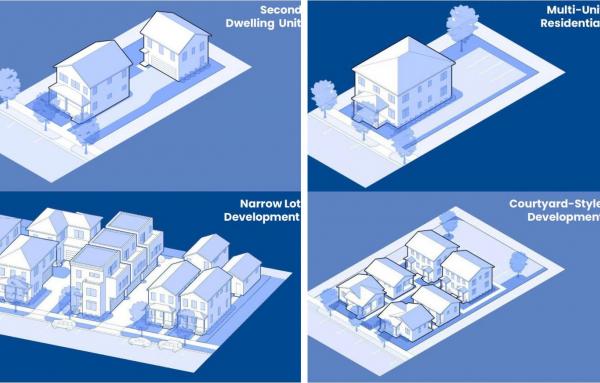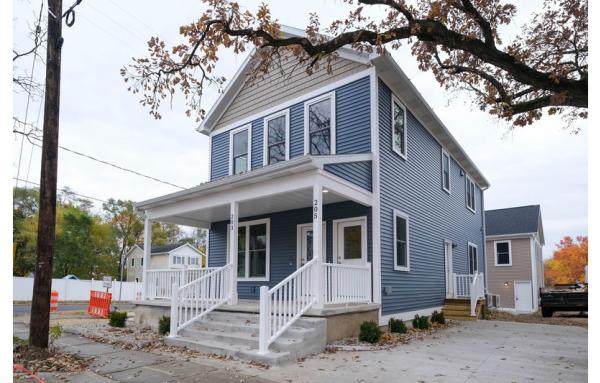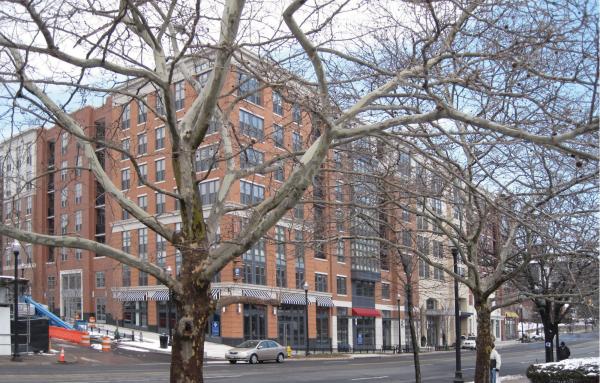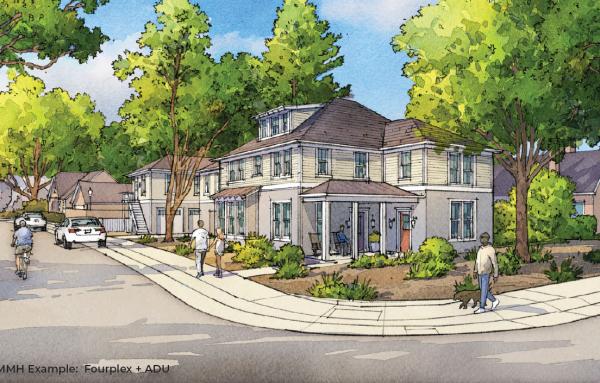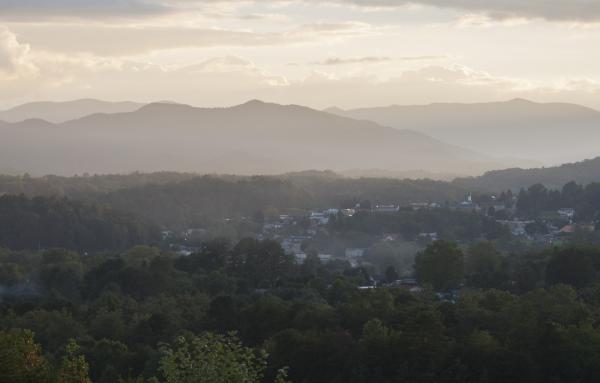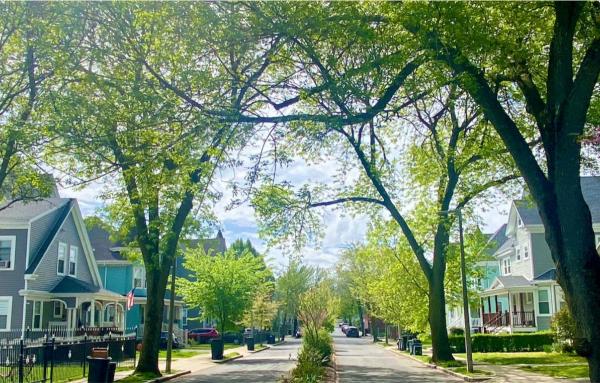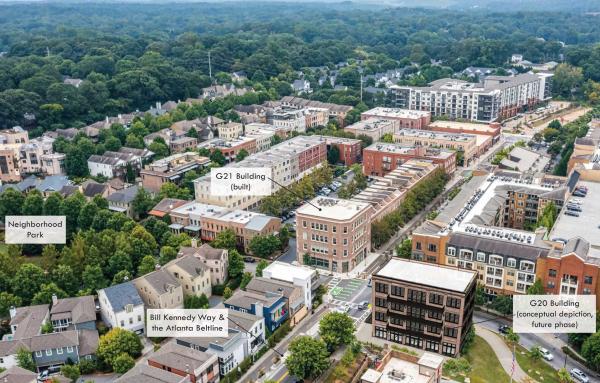RECENT ARTICLES
Viewers can watch Cycling Without Age and other prize-winning urban films online, October 22-30.
Townhouses facing courtyards that are perpendicular to the street improve the quality of life for this building type.
Christopher Leinberger and Rebecca Rockey explain the historic opportunity to rebalance the real estate in urban centers.
Kalamazoo represents our nationwide housing problem, but the City also has a four-part strategy to create more units that add to neighborhoods and affordability.
The regulations to transform the Columbia Pike suburban strip in Arlington were a milestone for form-based codes. A gathering of urbanists reviewed ongoing progress with 3,400 housing units, mixed-use, and public space built in the last 20 years.
The citywide legislation tailors missing middle options to different neighborhoods, and a sliding scale floor-area ratio (FAR) supports more attainable building types.
Urban practitioners are uniquely positioned to shape not only our cities and communities but also the future of the environment in which we live.
The flagship for authentic incrementalism in Asheville, North Carolina, is gone, flooded by Helene.
Rancho Cucamonga is implementing urbanism on arterial roads and suburban commercial areas. This plan is intended to lead the way to density and mixed-use in a suburban city in Southern California.
Misconceptions of density sometimes fuel opposition, but a low-rise single-family and missing middle housing mix can achieve 15 units per acre.
Two handsome four-story buildings are on the final lots to be built in Glenwood Park, a Charter Award-winning neighborhood in Atlanta.

